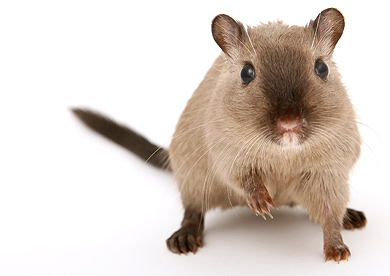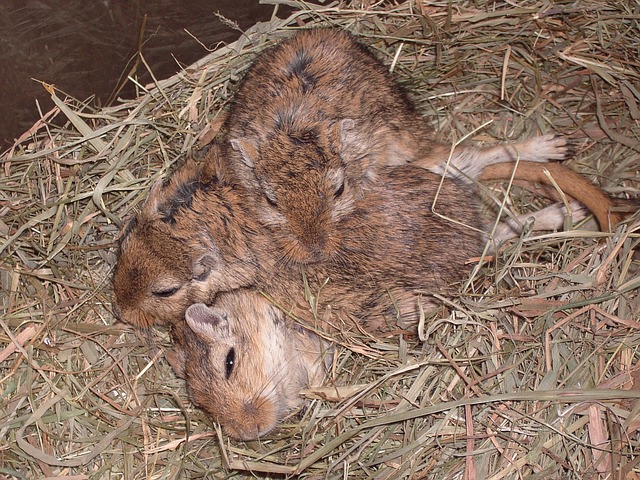
Captive gerbils are more energetic than hamsters.Hamsters are often alarmed and tend to bite while gerbils do not bite often.


Their average weight is about 2.5 ounces (about 70 grams). Gerbils are usually small with about 150 – 300 millimetres long bodies (from the tip of the nose to the tip of the tail) however, the Turkmenistan Great Gerbil ( Rhombomys opimus) is over 400 millimetres long. If you’ve ever heard your gerbil running on its exercise wheel in the middle of the night, then you know that they are capable of being awake at. However, this doesn’t mean that they never wake up at night. This means that they are most active during the day and sleep at night. They live in deserts, and their common name Desert Rat is used because of that. No, gerbils aren’t nocturnal, they are what is called diurnal.

There are more than 110 species of gerbils, sand rats, and jirds worldwide under the Subfamily: Gerbillinae. Gerbil is a small rodent mammal of the Family: Muridae. The lifespan of hamsters in wild could be about two years, and more in captivity. However, they are seasonal breeders in wild conditions. They are not much active animals and can be easily bred in captivity. Hamsters are omnivorous in their food habits. However, they have strong smelling and hearing senses. Hamsters have poor vision and colour blind animals. They have different colourations on their coat. Hamsters have a short tail with short stocky legs and small furry ears. Hamsters are solitary animals they do not show much social behaviour, and prefer not to live in groups but solitarily. They are stout bodied animals, and the pouches on the either side of the head are used to store food to use later. During the daytime, hamsters hide in their underground burrows, so that they can prevent from the predators. They are nocturnal and burrowing animals. Hamster is any of the 25 species of the Family: Cricetidae of Order: Rodentia. Therefore, it would be important to go through some information related to both hamsters and gerbils and those are discussed in this article. However, many think that hamsters are a group of gerbils, and that is not correct at all. Their appearances with many other morphological and behavioural characteristics vary from each other. We found that the gerbil in captivity, unlike most rodents that are nocturnal, is a crepuscular animal, being more active at the transitions between light and dark.Hamster and gerbil are both classified as rodents but in different families. The ratio day/night sleep was 1.17 +/- 0.002 min. Sleep cycle duration was 7.80 +/- 3.76 min. The number of PS episodes was 32 +/- 0 with a mean duration of 2.28 +/- 0.01 min.

During the dark period, sleep occupied slightly less than half of the recording time (51.75 +/- 0.01%). There were 23 +/- 0.01 episodes of PS with a mean duration of 2.32 +/- 0.01 min. During the light period, sleep occupied slightly more than half of the 12 hour period, 57.13 +/- 0.002% out of which 49.64 +/- 0.007% was occupied by SWS and 8.07 +/- 0.007% by PS. Behavioral and electrographic observations confirmed the existence of well defined sleep states: slow-wave sleep (SWS) and paradoxical sleep (PS). Most gerbils are nocturnal a few species, however, are active only in early morning and evening or during the day. Sleep patterns were studied in Mongolian gerbils and normative values were derived from 48 hour recordings, during a 24-hr light-dark cycle (LD 12:12).


 0 kommentar(er)
0 kommentar(er)
